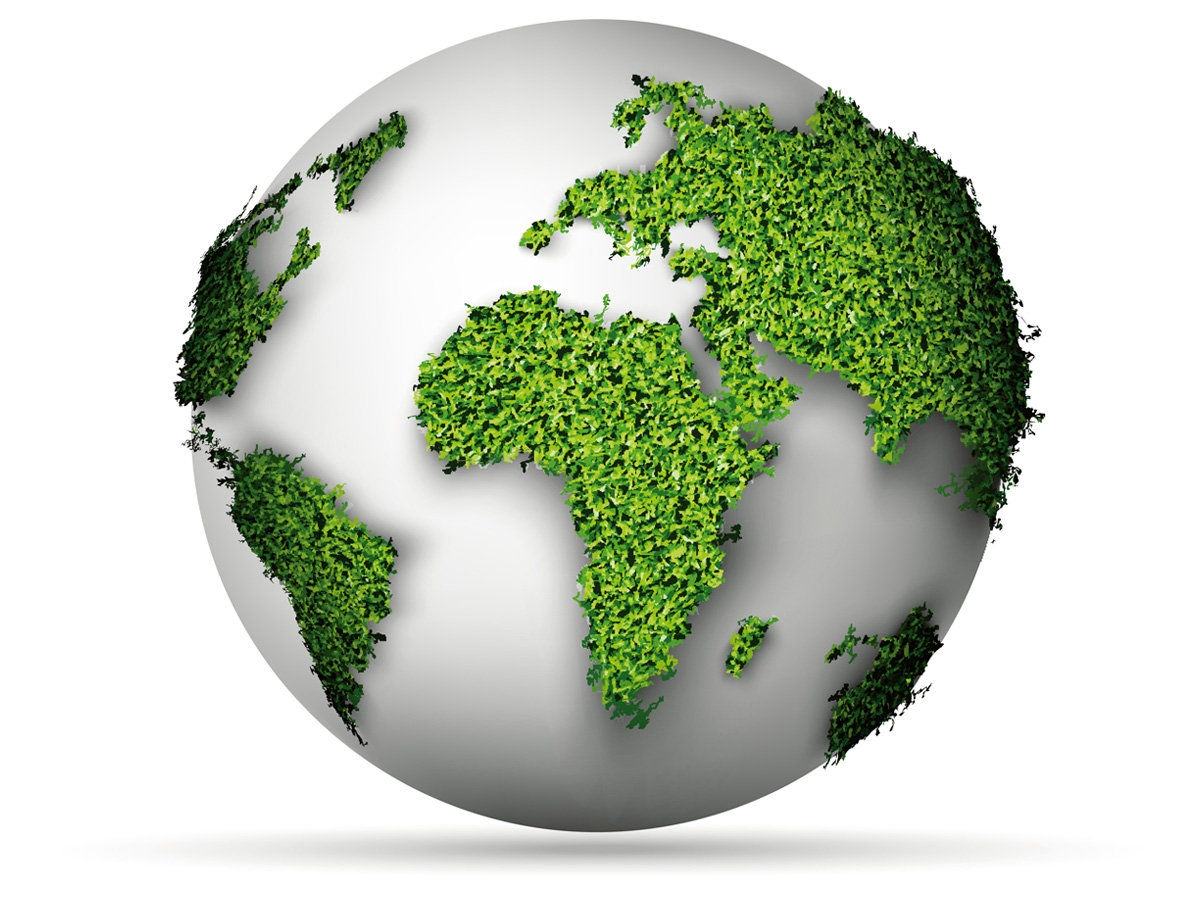Investors working to create a green portfolio face many hurdles, finds Andrew Holt.
It seems that every institutional investor wants to decarbonise their portfolio to reduce risk for their members and help build a sustainable world. But how should they approach creating a “green” portfolio when so many stocks are carbon intensive.
This issue was addressed by a panel of experts at portfolio institutional’s ESG Club Webinar in September.
Addressing the ultimate green portfolio question, Katharina Lindmeier, senior responsible investment manager at Nest, gave an interesting and honest insight into how this is being addressed at the £20bn defined contribution scheme, following its decision to commit to net zero.
“At the time, and I think still now, we struggled a little bit with what a net zero portfolio actually looks like, in terms of a multi-asset portfolio that we have,” Lindmeier said. “But we decided that was not going to delay us. So, we decided to do a bit of an audit looking at the portfolio and the carbon footprints. We found very quickly that it was quite challenging to aggregate it all.”
Transition pathway
“Therefore,” Lindmeier added, “we are now looking at the asset class level and at listed equities, what transition pathways look like and then transitioning up.
“We have done that with our developed and emerging market listed equities and investment grade fixed income fund and are now working on our other fixed income assets.”
There is though the issue of adjusting a portfolio only for it to be accused of not being as green as you claim. “With all the challenges around greenwashing it can be a tough call getting a green portfolio,” said Louise Dudley, a portfolio manager at Federated Hermes.
Therefore, solid ESG integration is important in the process. “It comes from having the tools, good data, integrating ESG and particular environmental considerations at stock and at portfolio levels – you cannot have one without the other – and therefore it should be important to have that two-pronged approach,” Dudley said.
Green impact
The panel also noted that as well as the screening of certain investments and moving away from carbon intensive assets, the stewardship of the green impact is also important.
“You can measure your carbon footprint, you can look at green revenues, which is important, but one of the things we talk to our clients a lot about is that green impact,” Dudley said. “So those engagement conversations: how to push companies to move further and faster with science-based targets to have a direct, real-world impact,” she added.
Can green investment though lead to the dreaded issue of lower returns, especially in regard to bonds. Julien Bras, lead portfolio manager of the Allianz Green Bond strategy, said: “This is a debate we have heard quite of lot. There, in fact, can be a ‘greenium’ – meaning that issuing a green bond at some point can be at a more favourable cost.”
But do enough investment opportunities exist in the green bond arena? Timothée Jaulin, head of ESG development and advocacy at Amundi, told the audience: “Your green bond portfolio will eventually actively contribute to the realization of your green objectives. The key question to me is not are there enough green bonds out there, it is more: is there enough additionality.”
Scoring methodology
Dudley noted research has an important part to play in arguments about return. “We have created our own proprietary scoring methodology and doing this research for seven years – and we continue to see the positive attributes from ESG.”
But the detail the research provides can also be revealing: “Actually, when it comes to environmental metrics we have not seen so much outperformance. So, we are clear about that,” Dudley said. “At the moment we see the strongest returns from governance and social factors. The environmental factors do not hurt you, but it does not necessarily help you.”
It can though all come down to the type of investment. “It also depends on the type of strategy,” Dudley said. “If you are looking at a best-in-class approach, taking into account a broad sector exposure then you are going to get less volatility.
“If you are looking at a more concentrated portfolio, that is tied to a couple of green themes – renewable energy or batteries – you are going to see a lot of volatility. Where a broader, more diversified portfolio, but with good environmental practices, you are going to be more balanced in the outcomes you receive,” Dudley added.
Click here to see this panel discussion in full, and panel discussions on impact investing and carbon capture as well as speeches from Friends of the Earth and the WWF, from our webinar.




